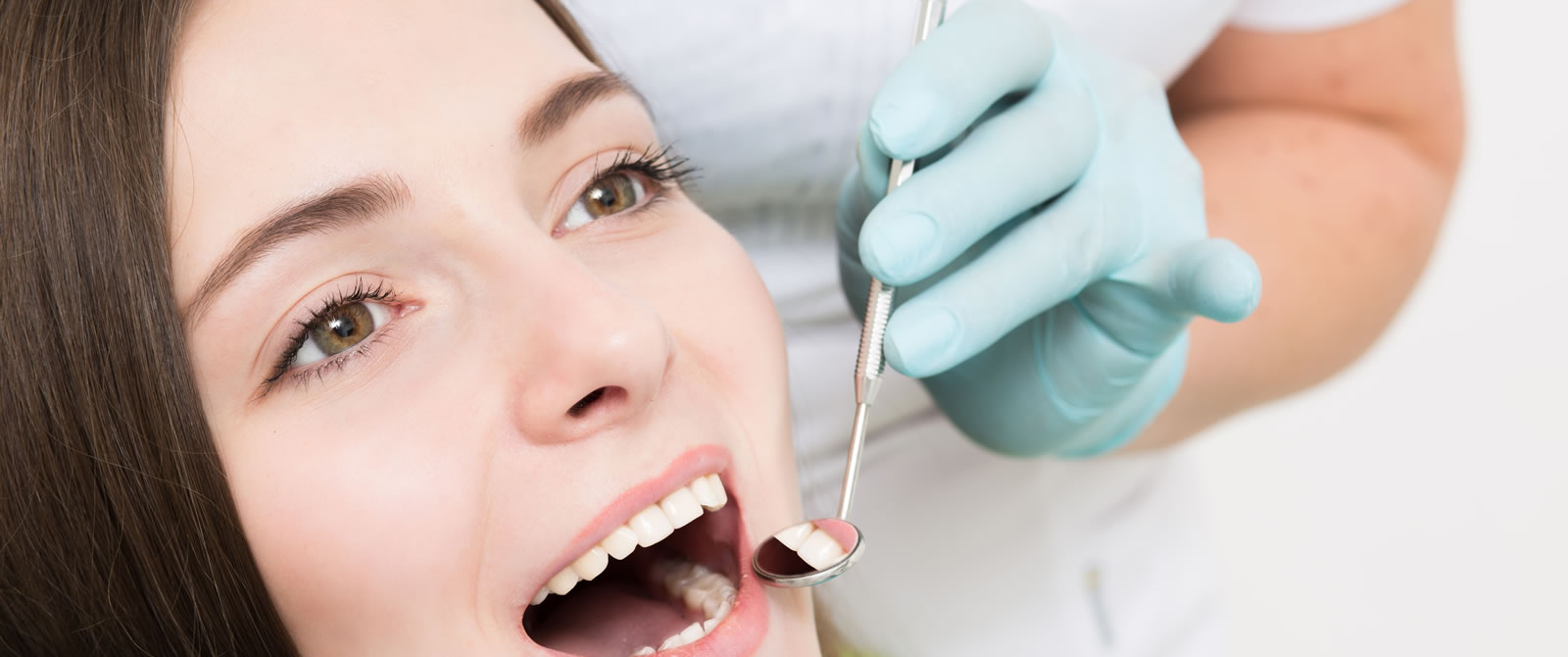Oral Cancer Exam
Even though oral cancer doesn’t get as much attention as more widely-known types of cancer, that doesn’t mean it’s any less important and deadly. Oral cancer is responsible for killing one person every hour every day in the United States alone. Oral cancer is a dangerous kind of cancer because it isn’t usually detected until it has reached an advanced stage. Unfortunately at that point, the odds aren’t very great. It’s estimated that more than half of people will survive after five years of treatment.
Luckily, there is a simple test that can give early warnings about whether you are likely to have this disease. These early detection tests have shown to increase the survival rate of oral cancer to 80% or better. This test is one that can truly save lives. Having an oral cancer screening is part of getting regular dental checkups.
An examination for oral cancer is fast and painless. Its goal is to identify and find small changes in the lining tissues of the mouth, lips and tongue that may signify the early stages of this type of cancer. The screening is visual and tactile (touch) examination. If there are any abnormalities noted, usually a small tissue sample can be gathered for further testing in a laboratory.
Scaling and Root Planing
A significant tooth and gum deterioration can also be a degenerative disease which is known as gingivitis.
Plaque and tarter is what sits on the teeth and provides and environment that allows bacteria to thrive and multiple. Then those bacteria will cause the gums to become inflamed and they will start to bleed. When you brush your teeth or sometimes when you eat this condition will become more noticeable. This is a sign of an early stage of gingivitis. Gingivitis is usually easily treated. The hygienist will scale and polish the teeth. The condition and gingivitis will progress and the roots will need a planning if it’s left untreated. Scaling is also known as the removal of the dental tartar from the tooth surface. While Root Planing is actually the process of smoothing the root surfaces and then removing the infected tooth structure.
Since it is a non-surgical procedure, the scaling and planning is performed without any anesthesia just in the dentist’s office. Usually the procedure is usually painless, but sometimes when there is advanced stages of gingivitis, it may make it necessary to numb the area for complete comfort for the patient. Usually this treatment is broken down into one section of the mouth per treatment. This gives an adequate amount of time for healing and also reduces the time for each appointment.
What do Scaling and Root Planing treatments involve?
Only after a thorough examination of the mouth are scaling and Root Planing treatments then performed. There is X-rays, visual examinations first before there is a diagnosis or before recommending any potential procedures.
Depending on the amount of calculus and tarter that is present, the depth of pockets, and the progression of the disease, local anesthetic may be used.
Scaling – This is a procedure that is commonly performed with special dental instruments and usually includes an ultrasonic scaling tool. The scaling tool is responsible for removing calculus and plaque from the surface of the crown and root surfaces of the teeth. In most cases, the scaling tool also includes an irrigation process. This can also be used to deliver an antimicrobial agent just below the gums that will help reduce any oral bacteria that is present.
Root Planing – This is a procedure that is a very specific treatment which serves to remove cementum and also surface dentin that is with any unwanted microorganisms. Some of these unwanted organisms include toxins and tartar. The root of the tooth is smoothed in order to promote good healing to the root surfaces. It helps bacteria from easily multiplying in the future by having clean, smooth root surfaces.
Sometimes, following these two deep cleaning procedures, the gum pockets may have to be treated with some antibiotics. This will help to soothe irritation and also help the gum tissues to heal quickly and correctly.

